These engineers foresaw the future
-
- from Shaastra :: vol 01 issue 04 :: Jul - Aug 2022

The needs of science, medicine and agriculture have driven new life into the practice of engineering.
Engineering as a discipline is as deep and diverse as science. So, in many ways, it is desirable to partition engineering into its branches as we have done with science. However, the Indian situation does not permit us to do so. Engineers built bridges, dams, reactors, power plants and factories in independent India. Many distinguished engineers participated in this nation-building, but they worked as a team and it is hard to single out individuals. Here we look at a narrow but powerful part of engineering: as an academic discipline, practised through the creation of new knowledge.
Barring a few exceptions, the academic study of engineering in India is not as old as that of science. A longer history has enabled science to build up scale in institutions. Although the IITs were set up from the late 1950s, it is only in the past 15 years that they have become a force in research. At the moment, research indicators suggest that the quality of research in engineering is better than that in many branches of science in India. But because science was dominant through most of independent India's history, we have assembled a short list here.
There were some outstanding engineers on the lists preceding this. Satish Dhawan was an engineer by training. So was Anil Kakodkar in his early professional life. Many others operated on the blurry boundary between science and engineering. Govind Swarup, the astronomer who built two big radio telescopes, practised as much engineering as physics. So did U.R. Rao, K. Kasturirangan and Raja Ramanna during their careers. The reverse is true as well. Many in this section are known to the public as scientists.
In the future, science and engineering will move together as academic disciplines. It is hard to do research at the frontiers without some engineering innovation, and many advances in engineering depend on deep science. Our previous Cover Story (bit.ly/3QxCCbs) looked at how engineering was influencing medicine. Medicine is guiding engineering, too. The needs of science, medicine and agriculture have driven new life into the practice of engineering. Here, on this list, are engineers who had anticipated some of the profound changes to engineering that we see now.
M.M. SHARMA
M.M. Sharma holds a special place in the history of science and engineering in India, perhaps even in the history of independent India. One of India's most influential engineers, he had shaped public and private institutions as well as chemical engineering as a discipline. There is a touch of romanticism to his early years: his school life was fast-tracked by one year; a benefactor facilitated his studies at Bombay's University Department of Chemical Technology (UDCT); he got a full scholarship to Cambridge; as a student he earned a patent that he sold to Shell for $1,000; and he returned to UDCT as a full Professor at the age of 27.
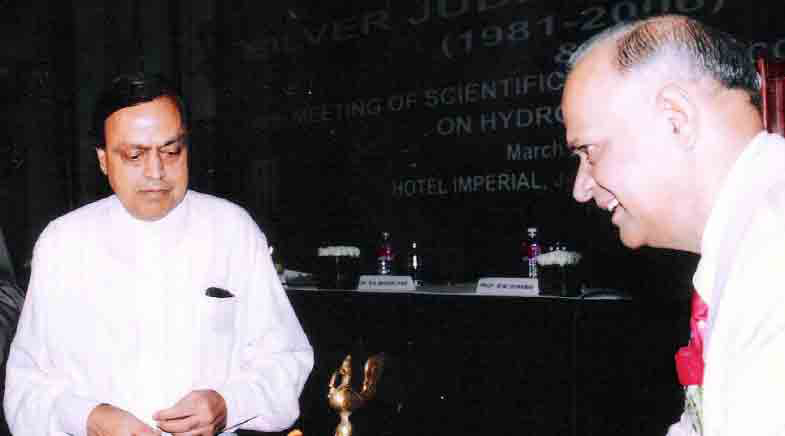
When he reached UDCT, he found that it had no infrastructure for research. In fact, the institution was not producing PhDs in chemical engineering. Sharma first created a demand for PhDs by approaching and requesting companies to hire them. Then he started shaping students of such high quality that UDCT could not keep up with the demands of industry. Sharma had pioneered a technique that he called ideas-based research, which used simple equipment to produce breakthroughs. As he rose in prominence, he became a consultant to industry and the government, influencing policy and the course of chemical industry for four decades.
J.B. JOSHI
J.B. Joshi was one of M.M. Sharma's students — and surpassed the teacher in some areas. Sharma had given him a difficult problem to crack: how to scale up multiphase reactors. A multiphase reactor usually bubbles a gas into liquid to start a reaction and make a product, but its scale-up was not easy. Scale-up plans were hunches based on data and not on first principles of physics and chemistry. Joshi made his problem more complex by trying to grasp its chemistry and physics. After two years, he understood it as well as anyone in the world — possibly better than anybody else.
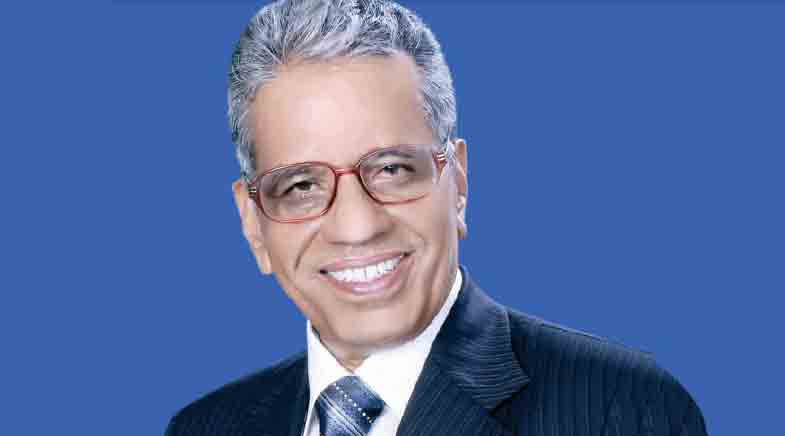
After his PhD, Joshi became the most sought-after expert for designing multiphase reactors. Companies relied on his advice to scale up their reactors, making Joshi the highest-paid consultant in India. He also published over 600 papers — an extraordinary number for a chemical engineer. After he became the Director of UDCT, he lobbied with university officials and achieved something no one had been able to do: get autonomy for UDCT from Bombay University.
R.A. MASHELKAR
As an undergraduate student, R.A. Mashelkar so admired M.M. Sharma that he spurned offers for PhD studies from the best universities, opting to do his research at UDCT. Then, after a disastrous PhD defence where he fumbled while answering deep theoretical questions about his work, Mashelkar switched from empirical research to mathematical modelling. To do this, he rejected offers from top universities and, instead, joined U.K.'s fledgling University of Salford. When Indira Gandhi asked CSIR Director General Y. Nayudamma to pick the best talent abroad, Mashelkar was among the first to be approached. Nayudamma convinced him to return to India and help build the country.
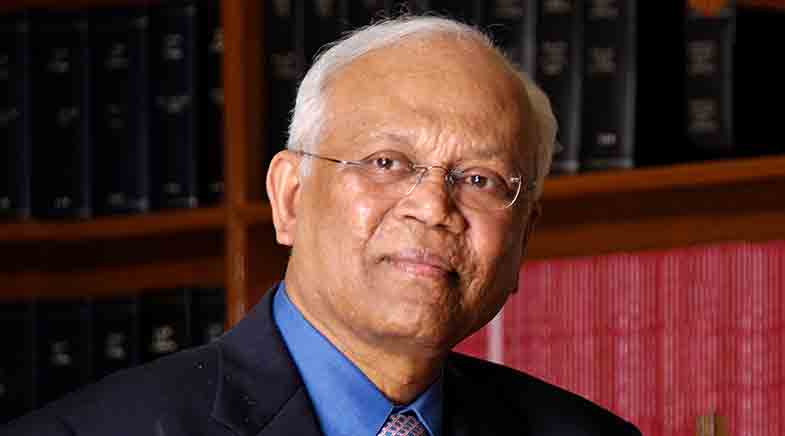
At the age of 32, he joined NCL as the sixth in the hierarchy of scientists there. One of his mandates was to expand chemical engineering at the Pune-based laboratory. Mashelkar brought in modelling and simulation to the lab's repertoire. His early projects were on the modelling of imported polyester manufacturing plants, which gave him insights that allowed modification of manufacturing processes. Later, as NCL Director and CSIR Director General, he persuaded national labs to become international in their outlook and compete with the best in the world. He was also a pioneer in getting scientists to think of patenting and not just publishing.
T.R. ANANTHARAMAN
It is hard to categorise T.R. Anantharaman as just an engineer. His father was a Sanskrit teacher, but Anantharaman and four of his brothers studied at the Indian Institute of Science. Anantharaman retained a deep interest in religion and Indian philosophy, and even wrote a book on them in English and two books in German. However, he is best known as one of the world's finest metallurgists and for building a flourishing department of metallurgy at Banaras Hindu University (BHU). With very little money and equipment, he turned it into a renowned research department, with a string of publications in prestigious journals.
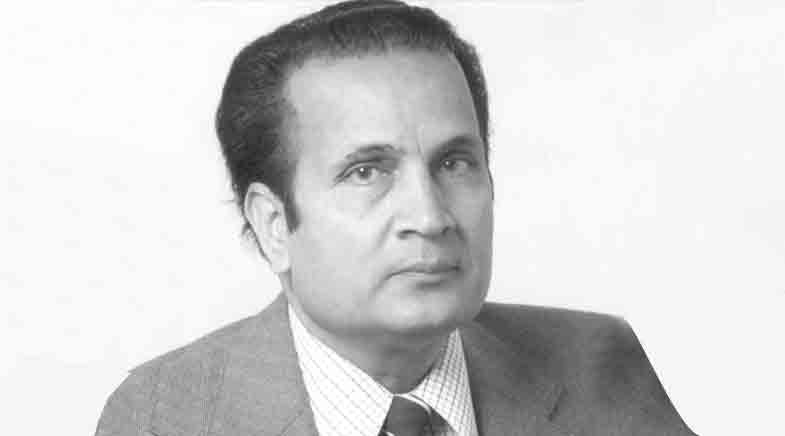
Anantharaman's research largely focused on phase transformations in metals. His reputation brought the best metallurgists to a scientifically remote Varanasi. In the 1980s, after mechanisms were set up for funding research in the country, he was instrumental in establishing a large centre at BHU on materials science and technology, which offered the first M.Tech programme on materials science in the country.
R. NARASIMHA
Roddam Narasimha was one of India's best engineer-scientists. He was also a rare scientist-scholar, an intellectual among intellectuals, with interests ranging from ancient Indian mathematics to contemporary social problems. His PhD research at Caltech was on the reduction of engine noise, but his interests shifted to hydrodynamics after his PhD. He continued working in this field after he moved to the Indian Institute of Science in 1962. He made fundamental contributions to hydrodynamics, studying turbulent flow and its change to laminar (orderly) flow. He also applied his knowledge to other areas such as the vibration of strings. A partial differential equation on string vibration that he derived is named after him.
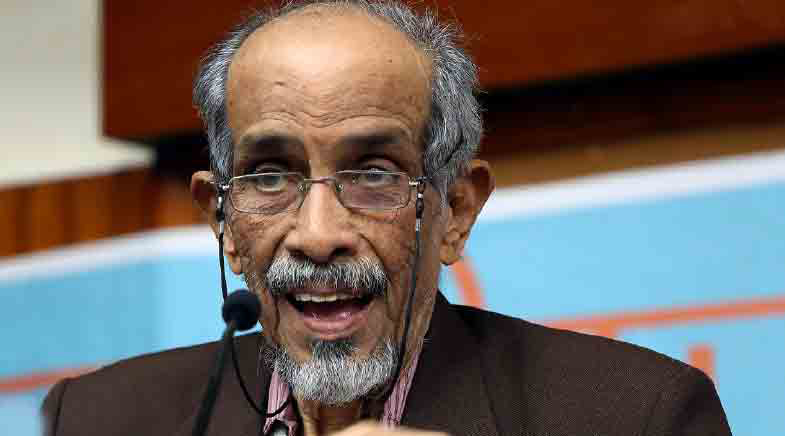
Narasimha influenced several research and technology programmes and national policies. He realised the importance of studying the Indian monsoon and set up a research group in IISc that became the Centre for Atmospheric and Oceanic Sciences. A long-standing member of the Space Commission, he was a part of ISRO's brain trust and a trouble-shooter. He was the force behind setting up the Ministry of Earth Sciences. A large number of national technology programmes — too numerous to be listed here — first originated in his mind.
DIGVIJAI SINGH
The extent of public attention that scientists and engineers get often depends on the areas they work on. Research in 'fashionable' areas such as physics, biology, Artificial Intelligence, biotechnology and medicine are more likely to be noticed. Public attention typically translates into better opportunities and more funding. It is doubly important, therefore, to take note of people who work in 'unfashionable' areas and still make substantial contributions to their fields or to society. Digvijai Singh was one such engineer. He was not unknown: he was Vice Chancellor of the University of Roorkee just before it became IIT Roorkee. But his main research contribution was in tribology, which deals with friction and lubrication.
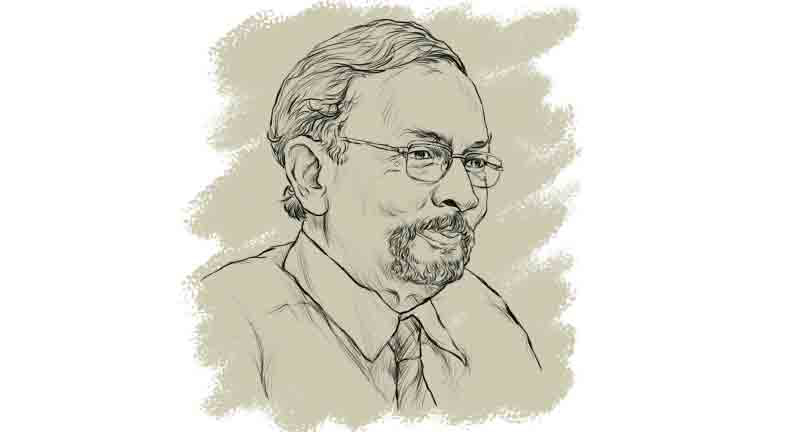
Singh studied mechanical and civil engineering at the University of Roorkee and secured his PhD from the University of Wisconsin, where he researched vehicle dynamics with funding from Harley-Davidson. He returned to Roorkee after his PhD and worked there for more than two decades, moving after a while from vehicle dynamics to tribology. It was not a common subject, and Singh's research brought his department in Roorkee widespread attention. He later became the President of the Tribology Society of India and Director of the Central Road Research Institute.
RAJESHWARI CHATTERJEE
The achievements of a person have a context in history. In a young nation like India, those who pioneered a field are always remembered, and for the right reasons. Rajeshwari Chatterjee was a pioneer in more ways than one. She was the first woman engineer in IISc, earned a PhD overcoming several hurdles, and then joined the institute as a Professor. As the only woman in the Department of Electrical Communication Engineering, her early days were not smooth. But she soldiered on and — with her husband, S.K. Chatterjee, who taught in the same department — started a microwave engineering laboratory for the first time in the country.
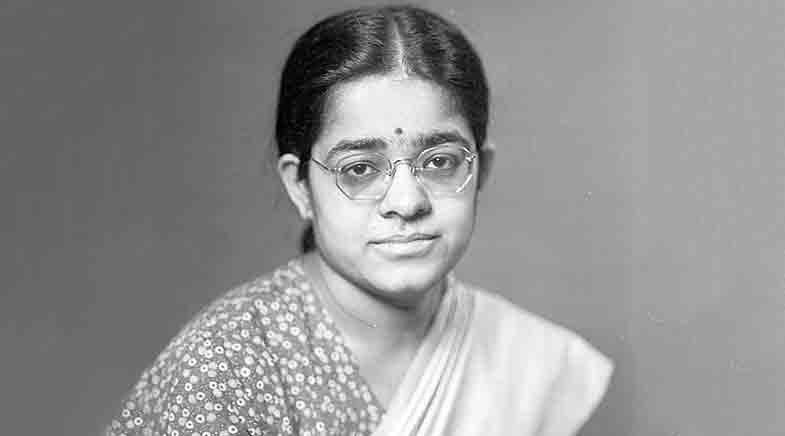
Rajeshwari was born in 1922 and studied physics and mathematics at Bangalore's Central College, an institution that inspired many people profiled in this special feature to take up science. Encouraged by her family, she went to the University of Michigan for a PhD, in a voyage across the Pacific that lasted one month. On her return, she joined as faculty in IISc, where she built a reputation as a great teacher and meticulous researcher.
Her microwave technology programme blossomed into a large one, and the DRDO later used her research for developing radar antennae, among other things. She also mentored 20 students, many of whom went on to lead strategic programmes.
See also:
These scientists were also institution builders
Physicists who made quite a mark
When the chemistry was just right
They shaped the development of indigenous technology
Have a
story idea?
Tell us.
Do you have a recent research paper or an idea for a science/technology-themed article that you'd like to tell us about?
GET IN TOUCH














